
AeroGenie — Votre copilote intelligent.
Tendances
Categories
Why the Airbus A350 Is Limited to a Single Engine Type
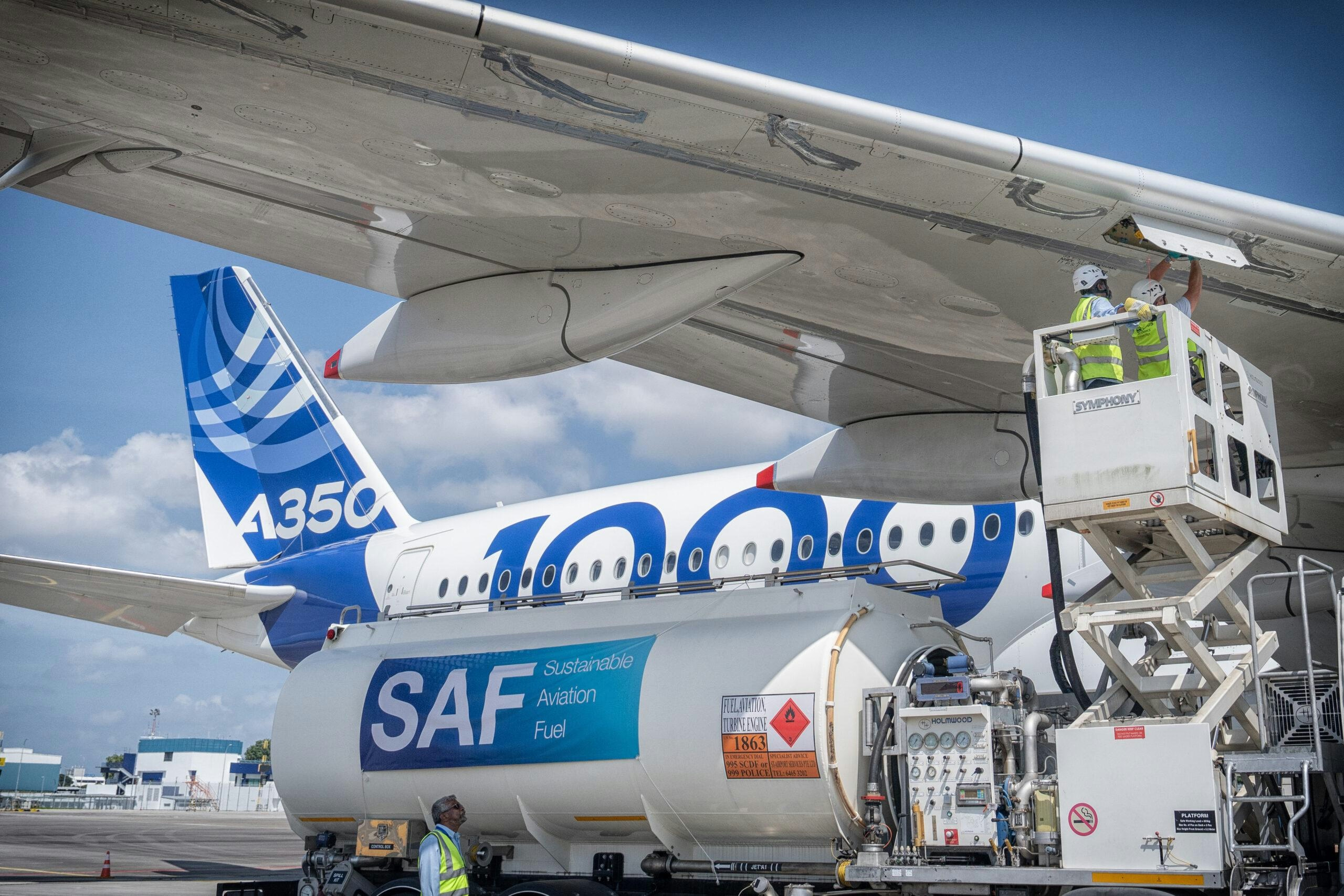
Why the Airbus A350 Is Limited to a Single Engine Type
When Airbus initiated the A350 XWB program in the mid-2000s, the objective was to develop a flagship widebody aircraft capable of competing directly with Boeing’s 787 and 777 families. Central to this ambition was a strategic partnership with Rolls-Royce, which led to the creation of the bespoke Trent XWB engine. Unlike other widebody jets such as the Boeing 777 or 787, which offer airlines a choice between multiple engine manufacturers, the A350 has been exclusively powered by the Rolls-Royce Trent XWB since its inception. This exclusivity has sparked ongoing debate within the aviation industry about why the A350 cannot accommodate alternative engines.
Deep Integration of Aircraft and Engine
The A350 was conceived as a fully integrated aircraft-engine system, with the Trent XWB developed specifically to meet Airbus’s precise aerodynamic and performance criteria. Rolls-Royce tailored the engine’s design—from fan diameter to thrust class—to suit the A350-900 and A350-1000 variants. The “XWB” (Extra Wide Body) designation reflects this close collaboration. Every aspect of the engine, including its 118-inch fan and pressure ratio, was optimized to complement the aircraft’s aerodynamics and wing structure.
This integration extends beyond raw thrust. The Trent XWB’s airflow characteristics, weight distribution, and pylon interface were co-engineered with Airbus to maximize fuel efficiency and reduce drag. Even the nacelle and pylon were aerodynamically tuned to the engine’s specific bypass ratio and acoustic profile. Consequently, the A350’s overall performance and efficiency are intrinsically linked to the unique attributes of the Trent XWB.
Challenges of Introducing Alternative Engines
Replacing the Trent XWB with a different engine, such as the GE9X or Pratt & Whitney GTF, would entail far more than a straightforward substitution. It would require redesigning critical components including pylons, cooling systems, and engine mounts, followed by extensive structural testing and a full re-certification process. Effectively, this would create a new aircraft variant, demanding substantial investment in both time and resources.
The complexity is further compounded by the A350’s carbon-fiber composite wings, which are structurally optimized to accommodate the Trent XWB’s specific loads, airflow, and vibration patterns. The engine’s center of gravity, nacelle airflow, and bleed-air systems are all calibrated precisely for this configuration. Even minor deviations in engine geometry or weight could adversely affect the aircraft’s balance and operational efficiency.
Moreover, the Trent XWB’s Full Authority Digital Engine Control (FADEC) system is deeply integrated with the A350’s avionics suite. Introducing a new engine would necessitate extensive reprogramming and re-certification of flight management systems, a process that could span several years and incur costs running into hundreds of millions of dollars. Certification remains the most formidable obstacle to engine diversification.
Market Implications and Competitive Dynamics
This technical exclusivity carries significant market implications. While the single-engine approach ensures optimal performance and efficiency for the A350, it restricts operational flexibility and limits customer choice. By contrast, Airbus’s A320 family, which offers multiple engine options, continues to dominate deliveries and outpace Boeing’s 737, as airlines increasingly prioritize cost-effective and adaptable models amid rising fuel prices and shifting traffic patterns. The recent European approval of the Pratt & Whitney GTF Advantage engine for Airbus narrowbodies underscores the growing competitive pressure for engine flexibility.
Simultaneously, the European Union’s conditional approval of Boeing’s acquisition of Spirit AeroSystems—mandating divestment of Airbus-related activities—highlights the intense competition and strategic maneuvering within the aerospace sector. Airlines such as Lufthansa Group are responding by streamlining their fleets and integrating new Airbus and Boeing models to enhance operational efficiency and adapt to evolving market demands.
In essence, the Airbus A350’s exclusive reliance on the Rolls-Royce Trent XWB engine is a product of deep technical integration, which in turn shapes the aircraft’s role and competitiveness in a rapidly evolving global aviation market.

United Airlines Flight Returns to Dulles After Engine Failure on Takeoff

United Airlines flight makes emergency landing at Dulles after engine failure

The Impact of the New Air Force One’s Delayed 2028 Arrival on Aviation and Travel

United Airlines Restarts Controversial AI Scheduling for Flight Attendants
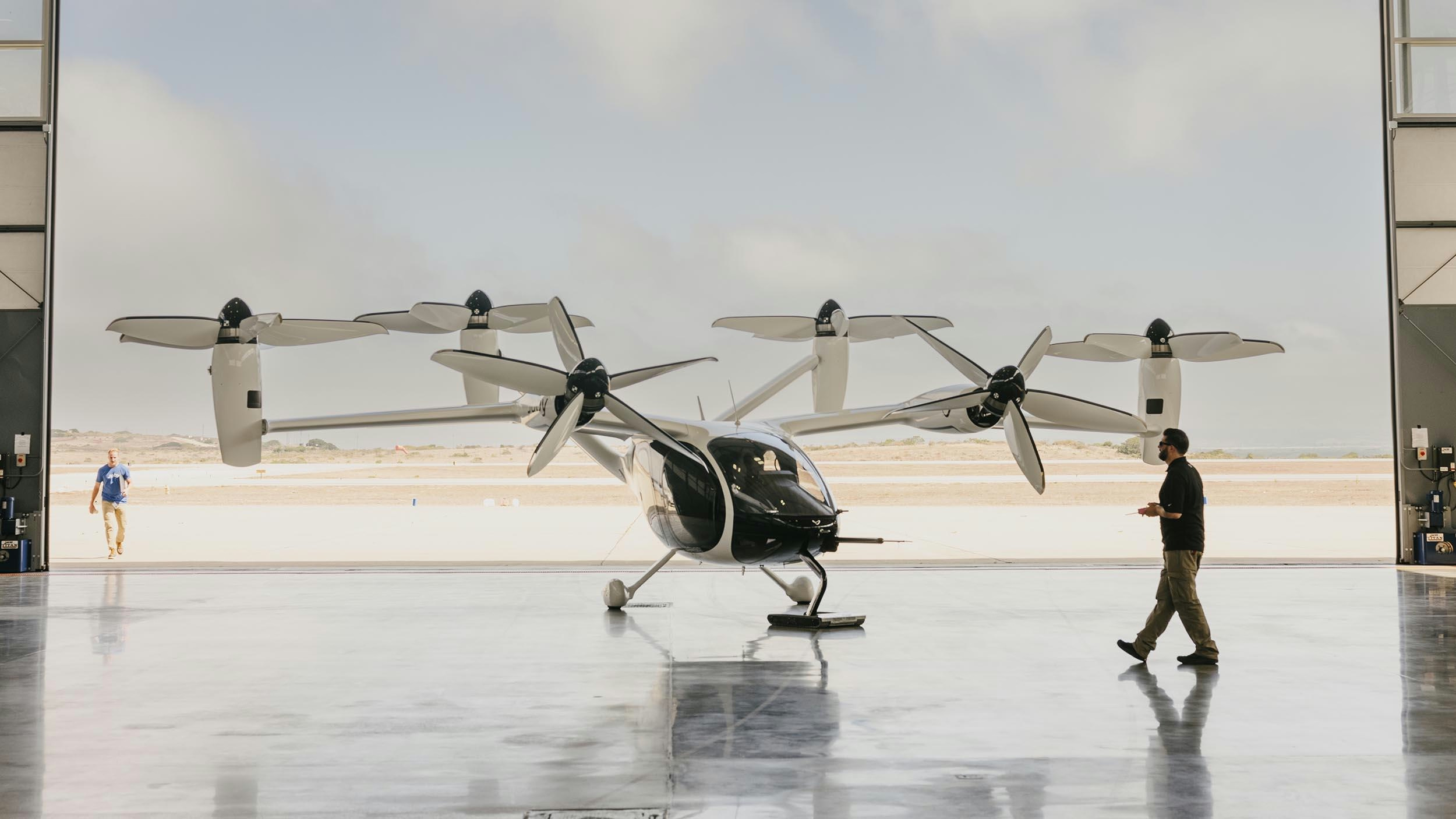
Joby Aviation’s Air Taxis Poised to Change Urban Travel and Tourism
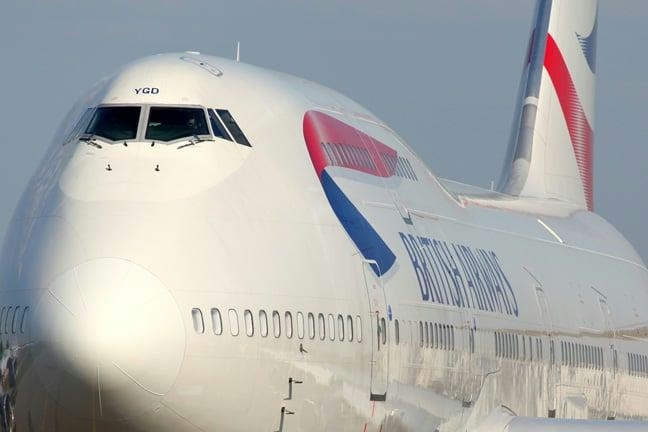
BA Chief Warns AI Agents May Diminish Brand Visibility
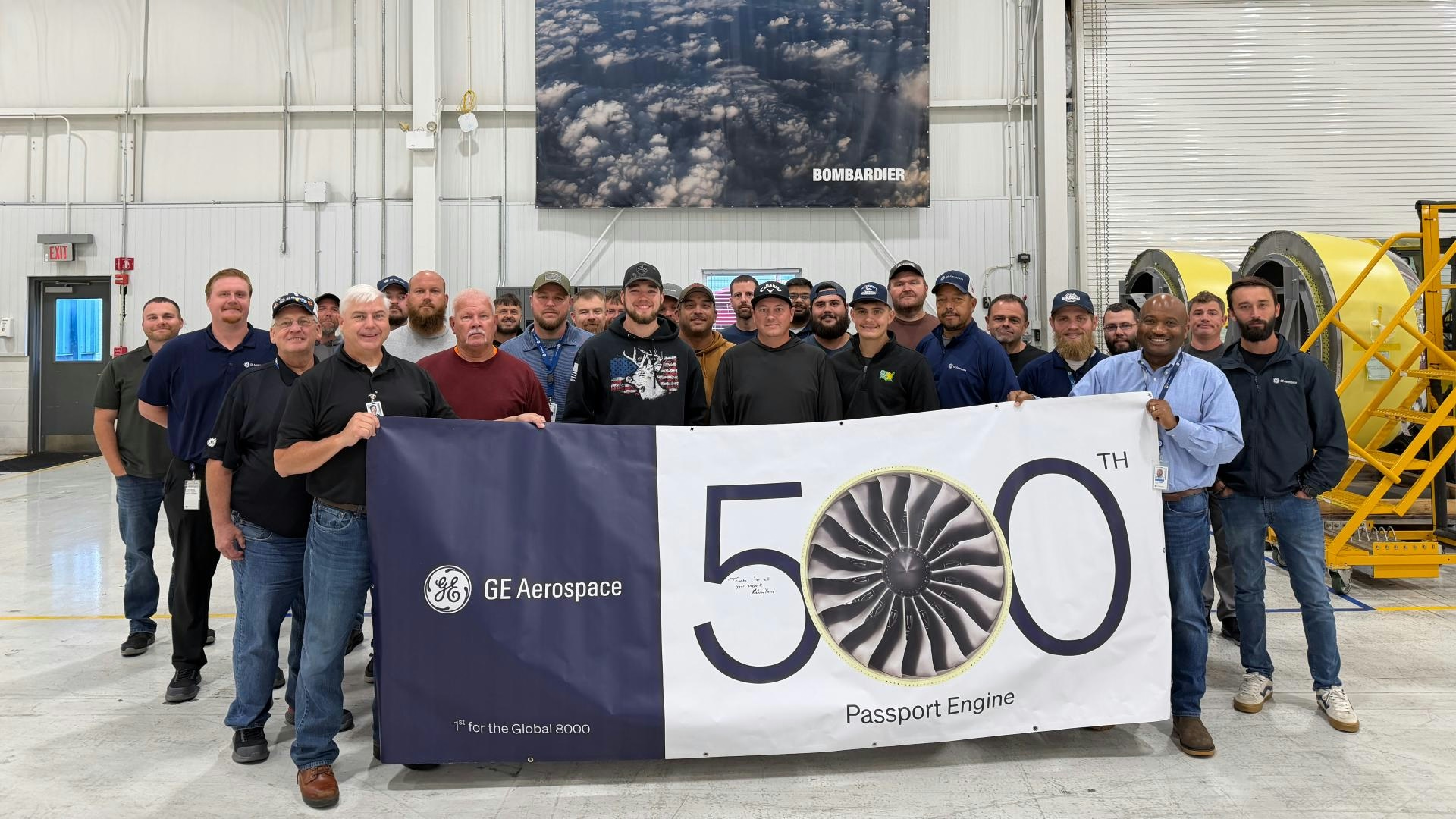
How GE Is Meeting Global Jet Engine Demand

IATA Projects Airline Profits of $41 Billion in 2026
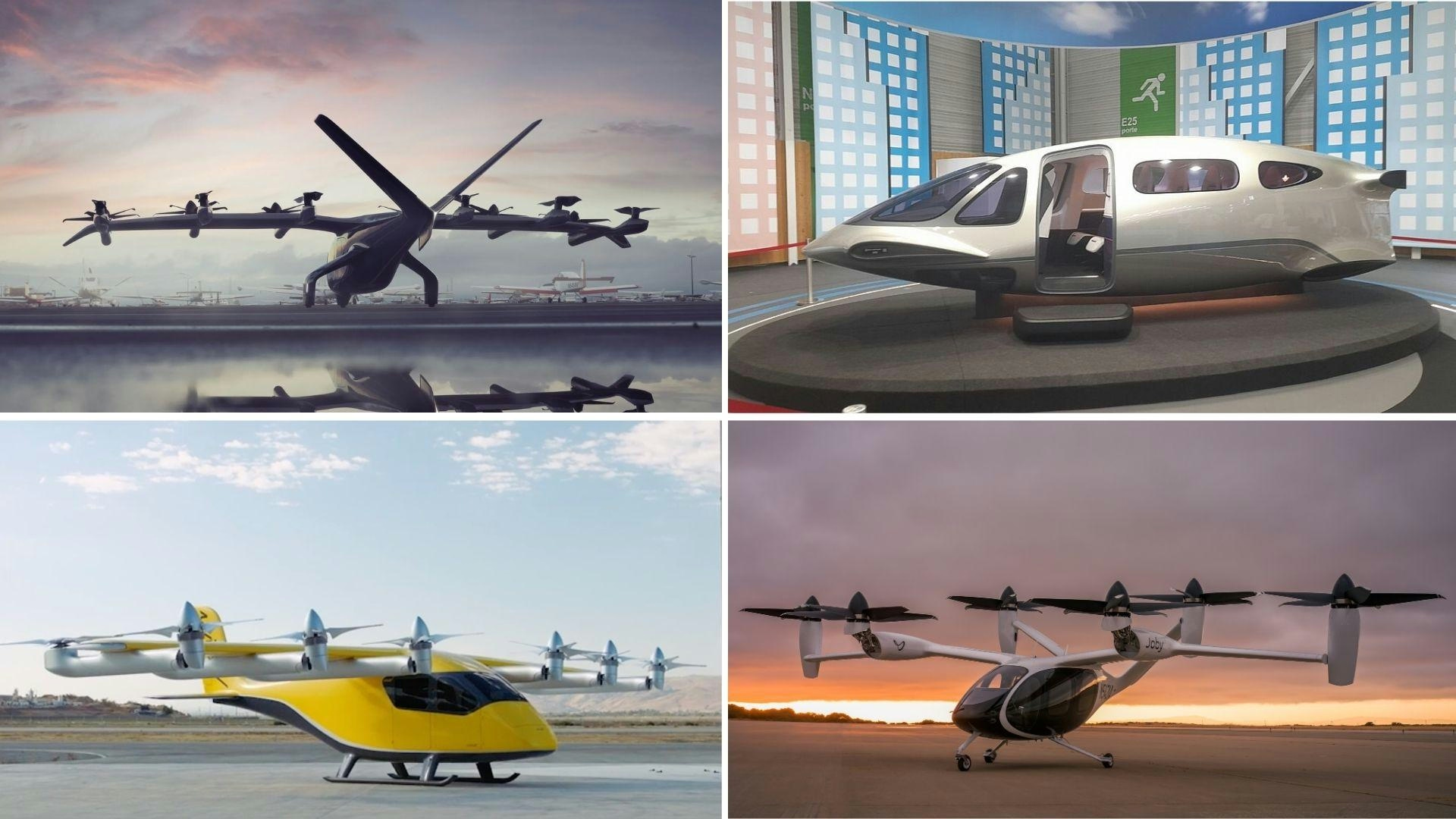
Five Air Taxis Poised to Shape Urban Mobility by 2026
